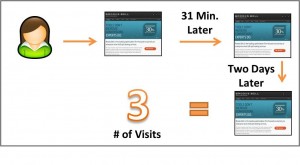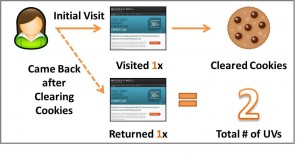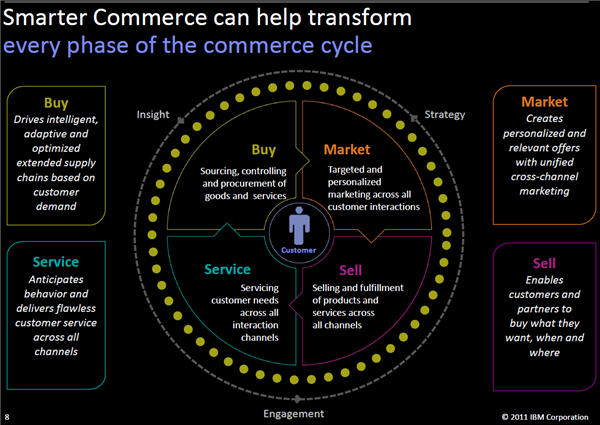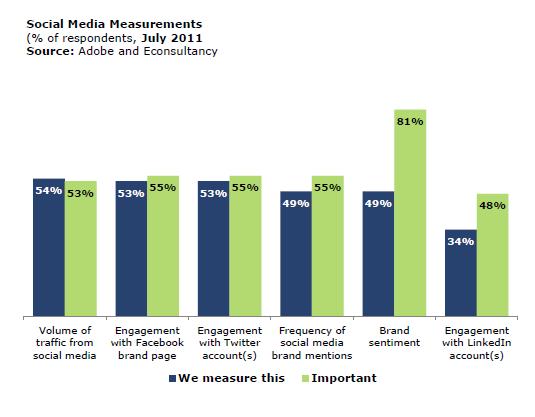You’ve determined if there is any true value in your marketing and you’ve taken the steps to craft your value proposition, when the one looming question hits you – what should I do next?
Turning theory into action was the key  focus of Tony Doty, Senior Manager of Optimization, MECLABS, and Lauren Maki, Manager of Optimization, MECLABS, during the Industry Deep Dive session, “Value Proposition: How to turn that shiny, new value prop into a high-performing page,” here at MarketingSherpa and MarketingExperiments Optimization Summit 2013.
focus of Tony Doty, Senior Manager of Optimization, MECLABS, and Lauren Maki, Manager of Optimization, MECLABS, during the Industry Deep Dive session, “Value Proposition: How to turn that shiny, new value prop into a high-performing page,” here at MarketingSherpa and MarketingExperiments Optimization Summit 2013.
“We have a lot of great tools for developing value proposition, but often we find a lot of marketers asking us what to do next and that’s what this is all about,” Tony said.
Today’s MarketingSherpa blog post will feature four questions every marketer should ask themselves about what the next step should be for implementing value proposition development into marketing efforts.
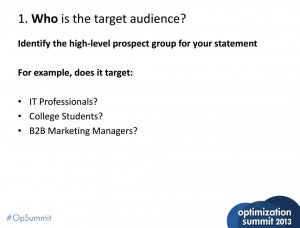
Question #1: Who is my target audience?
Tony and Lauren explained before you think about where you will express your value prop statements, you need to first determine who your audience for that value proposition is and what their needs are.
“We should always craft a value proposition with a customer’s needs in mind,” Tony said.
Question #2: Do I know where my customers are coming from?
Tony also explained once you’ve identified the target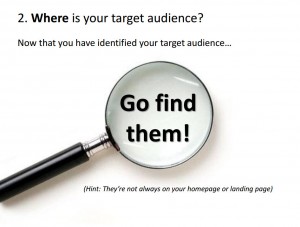 audience for your value proposition, you need to understand the channels where your traffic comes from, and adapt your message as needed per channel.
audience for your value proposition, you need to understand the channels where your traffic comes from, and adapt your message as needed per channel.
Lauren brought up a good point that customers from different channels have different needs and motivations, so your value proposition placement should be strategic within each channel.
To do this, she explained you first need to identify not just who your target prospect group is, but also where that prospect group is coming from.
“There’s a lot more places than just your homepage for your value proposition,” Lauren explained. “Look at your data to determine if what you’re doing is effective once you’ve started putting your value propositions into place [in those different channels].”
Some of the channels Lauren highlighted in her example are:
- Targeted email campaigns
- PPC campaigns
- Display ads
- Referral sites
- Landing pages
- Product pages
- Informational pages
- Cart checkout
- Social media
Read more…






